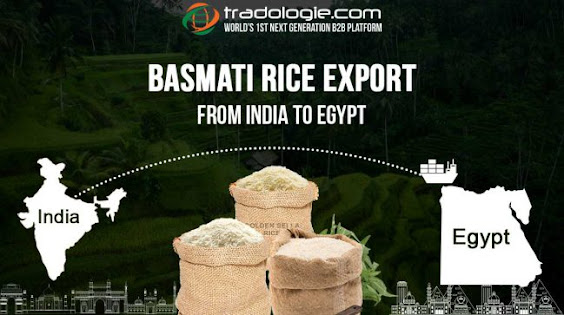Did You Know? 5 Amazing Facts about Indian Pulses
When it comes to pulses, people tend to be either really familiar with them or really uneducated about them. Pulses are the seeds of certain legumes, including lentils, beans, and peas, which can be dried and then eaten or rehydrated into soups, stews, sauces, porridges, and much more. People in South Asia are particularly fond of pulses, especially in Indian cuisine. Pulses play an important role in South Asian diets due to their high nutritional value, low cost, and ease of storage without loss of nutrients over time. Here are 5 amazing facts about Indian pulses that you may not know!
1) There are over 25 varieties of pulses
India is one of the largest producers of pulses in the world with an annual production of 18.5 million tonnes, from an area of 7.36 lakh hectares. Pulses are cultivated on 78 percent area under Kharif and 22 percent under rabi crops and contribute 10.8% to total cereal production. The bulk amount of pulses is consumed by a large number of smallholders who lack storage facilities and are not linked with a market economy. In recent years, pulses exportsfrom India grew due to low-level support prices compared to major competitors like Canada, Myanmar, China, and Australia.
2) Only 27% of Indians consume pulses regularly
The bulk amount of pulses are produced in India, however, only 27% of Indians consume pulses regularly. The rising population and food security issues have propelled Indian farmers to grow more pulses. The government wants pulse production to be at 140 million metric tonnes by 2020. Since 2013-14 exports from India have been growing every year and achieved a record level of US$ 4.4 billion in 2016-17 fiscal which is 24 percent more than last year’s value. This year it is expected to cross $5 billion mark. Leading countries importing Indian pulses include the USA, Malaysia, Vietnam, Japan, etc.
3) India has the largest production of pulses in the world
The International Year of Pulses 2016 marked India’s success in becoming the global leader in pulse production. With 21% of global pulse production, India is currently growing over 7 million hectares (ha) under pulses cultivation and produces 20 million tonnes of pulses annually. Pulses exports from India account for nearly 50 percent of total pulse exports globally every year. For pulses to play a major role in sustainable food security, it is necessary to increase production through sustainable agriculture practices and increase consumption levels by introducing new varieties into traditional diets and value-added products into existing cuisines. The promotion and use of legumes will be one important step toward combating climate change as these crops are known to reduce greenhouse gas emissions by up to 88 percent when grown on organic farms (GFAR 2017).
4) Pulses are versatile and nutritious
Not only are pulses super cheap and easy to cook, but they’re also rich in protein, fiber, and iron. Unlike meats or dairy products that come with a heavy price tag, you can rest assured that these nutritious legumes won’t blow your budget. The next time you go shopping for groceries, be sure to stock up on chickpeas or some moong dal - your body will thank you for it!
5) Pulses are cheap and easy to store
Pulses are cheap to purchase and
easy to store, as they can be kept for up to two years without losing much of
their nutritional value. According to studies, pulses can be stored at room temperature for 2-3 months and in a
refrigerator for another month without being affected by fungi or other
microorganisms. Pulses are good for the environment: Unlike crops like corn or
wheat that require fertile soils and large amounts of water, pulses grow easily
on low-quality land with little water.



.jpg)
Comments
Post a Comment